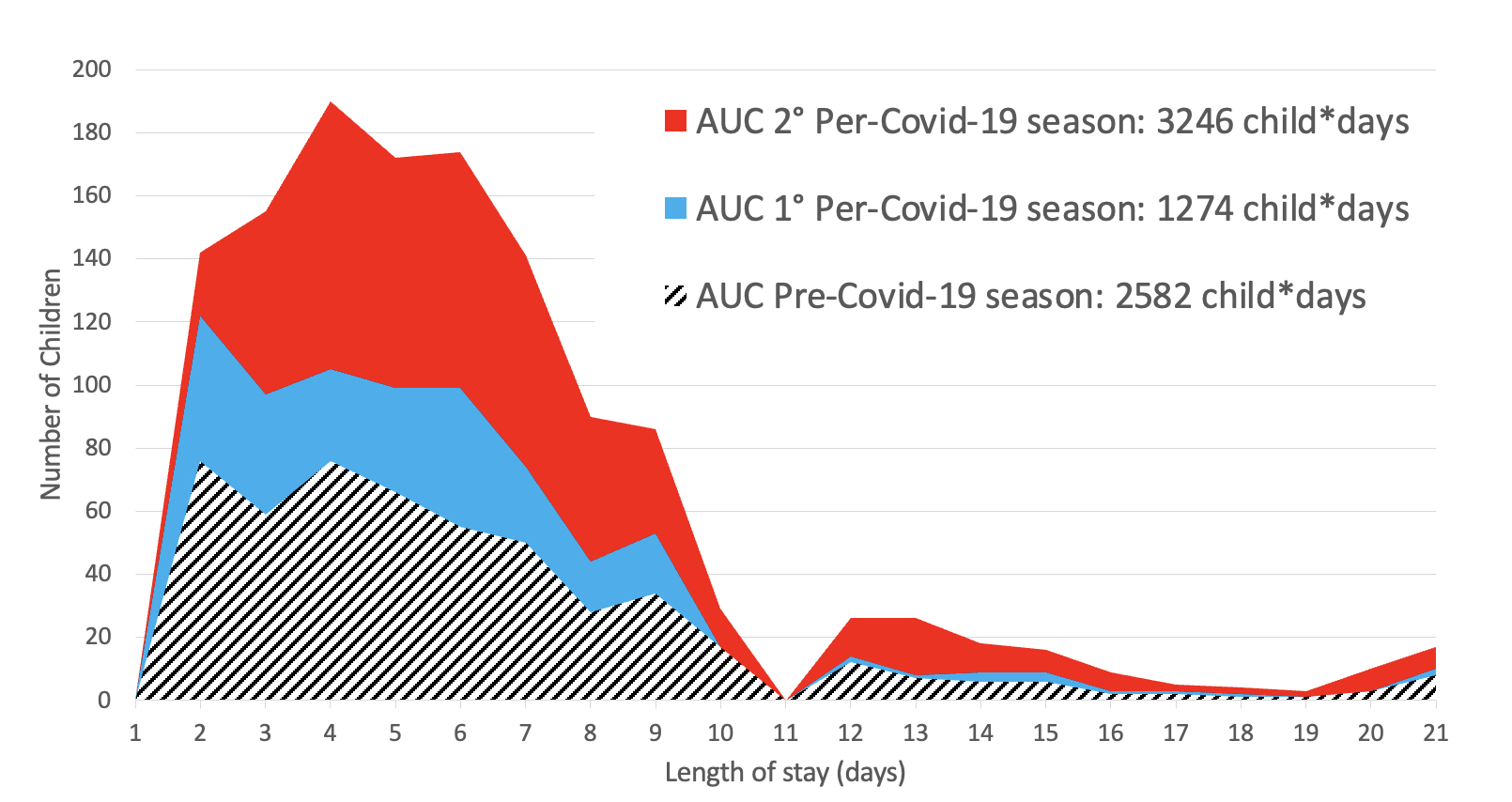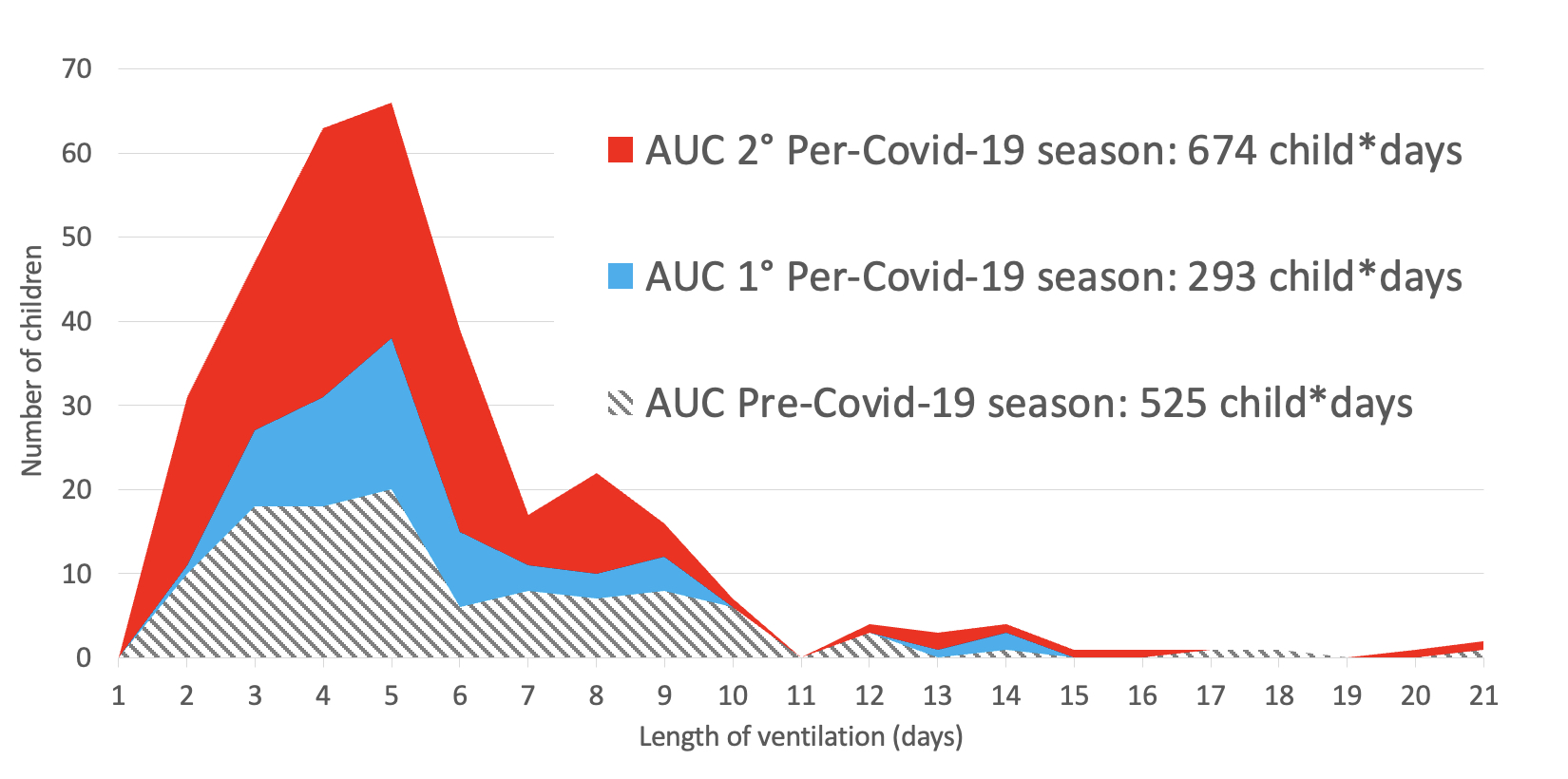Infectious Diseases
Infectious Diseases 2
633 - Describing the Relationship between Demographic, Clinical Endotype, and Resource Use Data to Characterize Seasonal RSV Epidemic Intensity Prior and During the Covid-19 Pandemic
Publication Number: 633.226

Dominique Ploin, MD, PhD (he/him/his)
Pediatrician
Hospices Civils de Lyon
Lyon, Rhone-Alpes, France
Presenting Author(s)
Background:
The impact of COVID-19 on RSV epidemiology has been extensively described, with conflicting findings about the demography, severity, and incurred hospital burden of cases reported worldwide.
Objective:
To better understand these discrepancies, we aimed to provide an in-depth description of the relationship between demographic, clinical endotype and hospital resource use data, before and during the COVID-19 pandemic.
Design/Methods:
Based in a French tertiary hospital, this study investigates an historical cohort of children < 5 years old hospitalized with respiratory symptoms and a positive RSV-PCR. A quality-controlled database was created for this study, with medical files thoroughly reviewed and symptoms cross-referenced by physicians. Severe disease was defined using the WHO severity scale for < 1yo, and requirement of emergency support for >1yo. Season length was defined using a 95% Seasonal Interval (SI95, date interval comprising 95% of the cases). Seasonal hospital burden was defined using area under the curve (AUC) in time series of total number of lengths of stay (LOS) and length of ventilation (LOV). The 2019-20 season was used as pre-COVID-19 reference.
Results:
This cohort included 515, 276, and 554 children in the 2019-20, 2020-21, and 2021-22 seasons respectively. Compared to the 2019-20 reference season, the 2020-21 season was defined by older children (mean age 8.2 vs 5.7 months, p< 0.001), fewer infants (78% vs 86%, p=0.01), more chronic bronchopulmonary disease (17% vs 7%, p< 0.001), more asthma exacerbation (13% vs 9%, p=0.04), more respiratory insufficiencies (58% vs 50%, p=0.01), and more required oxygen therapy (52% vs 35%, p< 0.001). Also compared to the 2019-20 reference season, the 2021-22 season was defined by more preterm children (14% vs 9%, p=0.004) and more respiratory insufficiencies (55% vs 50%, p=0.04). For the 2019-20, 2020-21, and 2021-22 seasons, SI95 were 115, 166, and 200 days, LOS AUC were 2582, 1274, and 3246 child-days, and LOV AUC were 525, 293, and 674 child-days respectively. Mean LOS was higher in the 2021-22 season (6.4 vs 5.4 days, p=0.002).
Conclusion(s):
Our detailed analysis highlights the incidental impacts of the Covid-19 pandemic on RSV epidemics and highlights key interlinked parameters––such as clinical endotype and hospital resource use––beyond disease incidence. In the near future, new generations of monoclonal antibodies will also alter the face of RSV epidemics. Understanding their impacts will require similar attention to the interrelation of demographics, clinical endotypes, and hospital resource use. 

.jpg)
